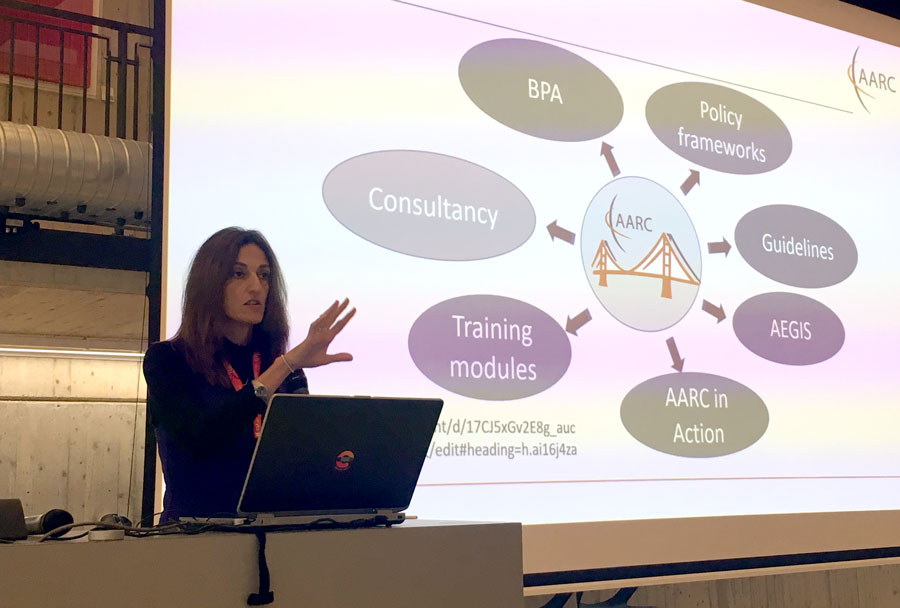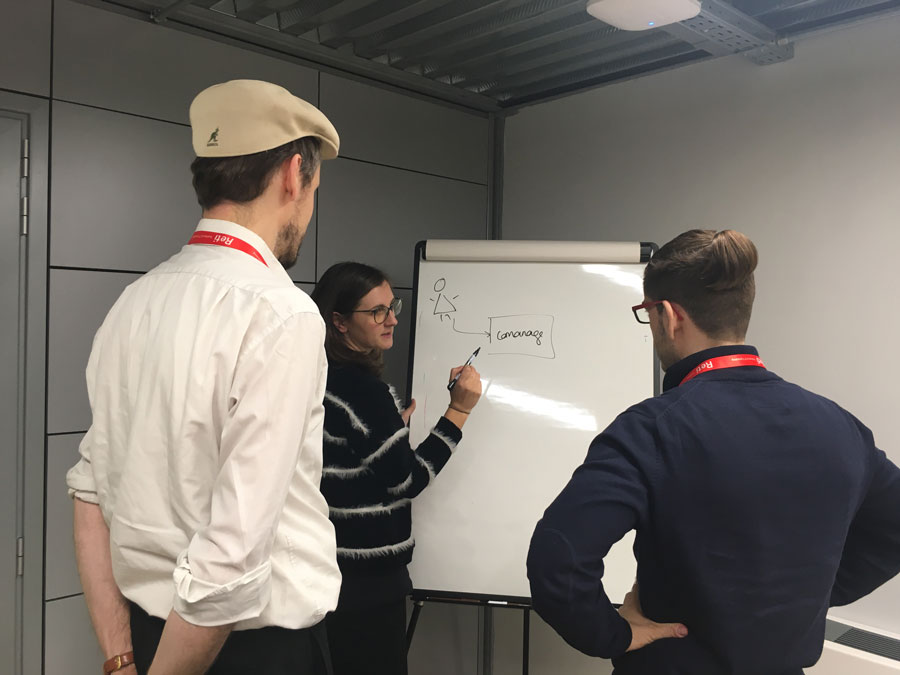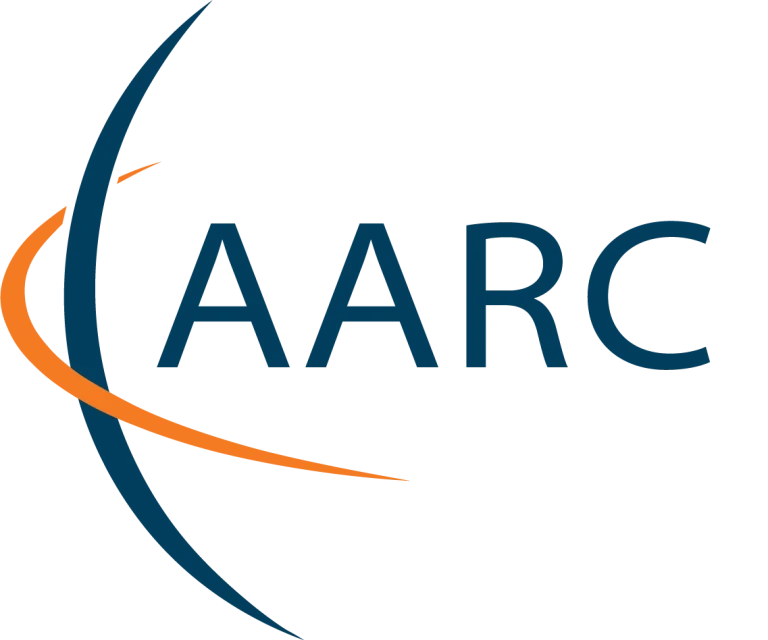
A legacy that will benefit research communities after AARC ends – this is a major goal for the Authentication and Authorisation for Research and Collaboration project. How best to create this legacy and what to prioritise in the final half year of the project were therefore key discussion points for project participants at an ‘all-hands’ meeting on 19-22 November.
Researchers from a wide range of fields can benefit from AARC if the authentication and authorisation infrastructures (AAIs) that they use to access and share online services, resources and data, are set up in a way that complies with the blueprint architecture and policies developed through AARC. The researchers would enjoy a smoother user experience and a greater opportunity to access resources that are provided by other AARC-compliant organisations.
At the all-hands meeting, work progressed on what will be the final version of the blueprint architecture, on the preparation of policies and guidelines, and on the pilots that are putting it all into practice with partner research communities.
Pilots
“Thanks to the availability of multiple AARC AAI experts and representatives of several research infrastructures, we were able to effectively use the all-hands meeting to do a lot of actual work on the AARC pilots,” says work package leader Arnout Terpstra (SURFnet). “During this last phase of the project, the results of each pilot, consisting of both technical work – an implementation, technical documentation, etc. – as well as non-technical work such as a description of the use cases, lessons learned etc., is being collected and packaged for future use.”
Architecture

The final AARC blueprint architecture (BPA) is in its last stages of preparation. The BPA does not provide a single, downloadable AAI solution, but instead provides a framework within which research communities can be guided towards a solution that will best fit their requirements. It is “a nice place to guide you to think about the bigger picture and the context in which you’re going to be implementing your AAI,” says Hannah Short (CERN), who is coordinating the WLCG (Worldwide LHC Computing Grid) pilot in AARC. “We’re really benefiting a lot from the guidelines in terms of technology and how we should be implementing things to interoperate.”
Policies
A hands-on session focused on ‘policy for proxies’, and other AARC policy developments were reviewed. Updates were presented about Sirtfi (Security Incident Response Trust Framework for Federated Identity) and the Policy Development Kit that is nearing finalisation as a package of training and informational material.
Training
For the AARC training team, the all-hands meeting gave an opportunity to offer face-to-face training to several of the pilots participants. This was the second, more in-depth training on using Satosa as a proxy within an AAI, building upon an introductory training session that took place alongside the recent pilots plugfest event. For the coming months the training team is focusing on documenting and packaging all its work to provide further value after the project concludes.
Further information

The all-hands concluded with an opportunity for participants to work together on writing some of the formal deliverables that are due towards the end of the project. Team-building social events and the chance to play table-tennis together in the breaks were kindly provided by the meeting host, Reti SP.A. in Busto Arsizio, Italy.
Around 40 people took part in the meeting. The agenda and some slides are available online.
A final all-hands meeting is anticipated in March 2019.
To stay updated on developments and outputs as AARC draws closer to a close, please follow, like and share us on Twitter (@AARC_Project), Facebook (@AARCproject) and LinkedIn.


